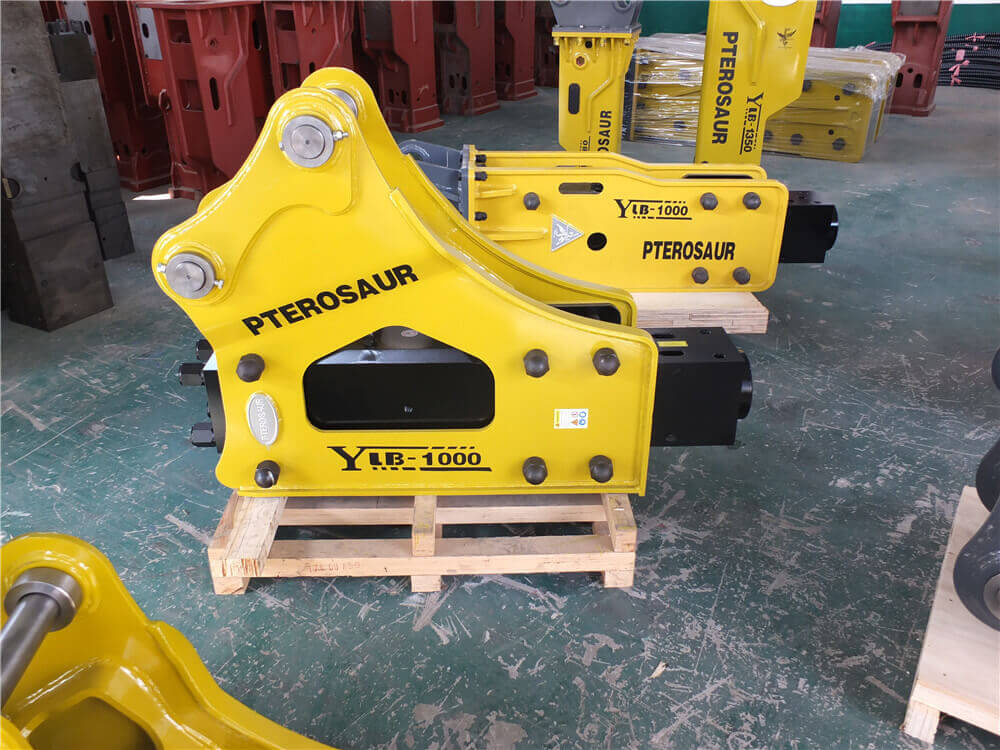Hydraulic Breakers for Concrete Demolition: Techniques and Best Practices
When it comes to concrete demolition, hydraulic breakers have emerged as a vital tool for contractors and construction professionals. These powerful machines not only enhance productivity but also ensure precision, making them indispensable in modern demolition projects.
Understanding Hydraulic Breakers
Hydraulic breakers, also known as hydraulic breaker hammers, are heavy-duty tools that utilize hydraulic power to break down concrete and other solid materials. They are often mounted on excavators or skid steers, providing versatility in various demolition scenarios. Unlike traditional demolition methods, hydraulic breakers allow for controlled and targeted demolition, significantly reducing the risk of collateral damage.
Advantages of Hydraulic Breakers
-
High Breaking Force: Hydraulic breakers can generate substantial force, enabling them to effectively power through dense materials quickly. This high-impact capability is crucial in time-sensitive projects.
-
Precision and Control: One of the primary advantages of hydraulic breakers is their ability to apply controlled force. This means operators can demolish specific areas without affecting surrounding structures, which is particularly useful in urban settings.
-
Environmentally Friendly: Compared to traditional demolition methods, hydraulic breakers produce less noise and vibration, making them a more environmentally friendly option. This is essential for compliance with regulations in noise-sensitive areas.
-
Versatility: Hydraulic breakers are adaptable for various applications, from breaking concrete and asphalt to removing rock. Their versatility makes them suitable for both small-scale renovations and large infrastructure projects.
Techniques for Effective Hydraulic Demolition
To maximize the efficiency of hydraulic breakers during concrete demolition, consider the following techniques:
1. Proper Equipment Selection
Choose the right size and type of hydraulic breaker for the specific job. The breaker must match the size of the excavator or skid steer to ensure optimal performance. For example, smaller jobs may require a compact breaker, while larger projects might necessitate a high-impact model.
2. Understanding the Material
Before commencing demolition, assess the type and condition of the concrete. Different types of concrete may require different breaking techniques or breaker types. For instance, reinforced concrete might require a breaker with higher impact force.
3. Safety Protocols
Always adhere to safety guidelines when operating hydraulic breakers. Ensure that all operators are adequately trained and that safety gear is worn at all times. Additionally, conduct regular maintenance checks on the equipment to avoid malfunctions during operation.
4. Efficient Work Practices
To enhance productivity, plan the demolition process meticulously. This includes determining the best angle and approach to break the concrete effectively. Operators should also be aware of their surroundings to prevent accidents.
Conclusion
Hydraulic breakers have revolutionized the concrete demolition process, offering significant advantages over traditional methods. With their high breaking force, precision control, and reduced environmental impact, they are essential tools for any demolition project. By employing effective techniques and adhering to safety protocols, contractors can ensure successful and efficient demolition operations. As technology continues to evolve, the capabilities of hydraulic breakers will undoubtedly expand, further enhancing their role in the construction industry.



































